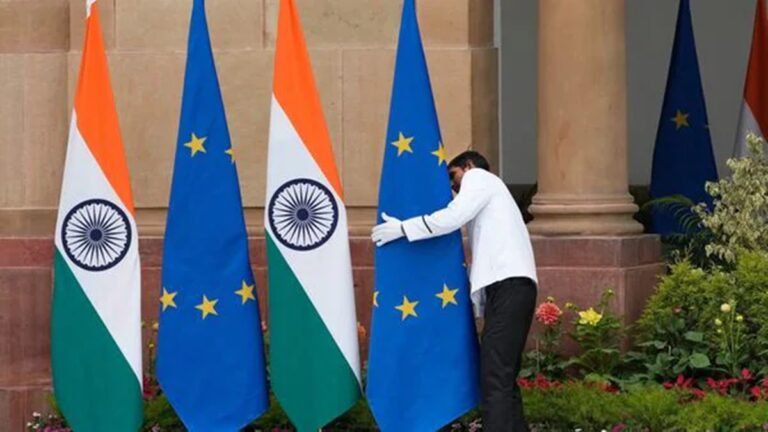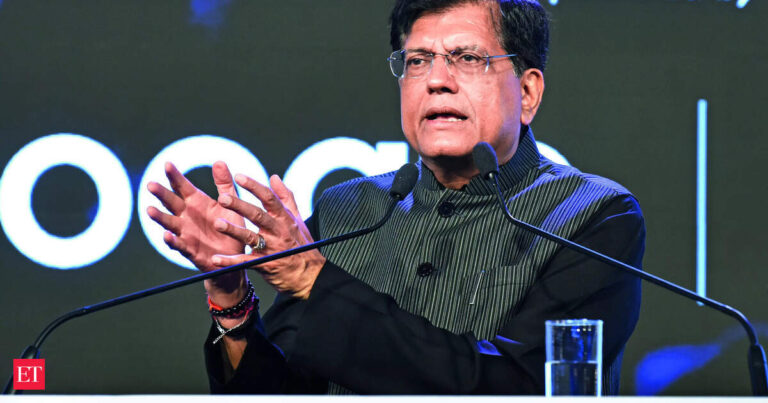
The negotiation of the ALE in two phases allows the two parties to first conclude the areas where the agreement can be concluded more easily. Complex problems can be treated at a later stage.
“Ele in the slices is explored with the EU,” said the manager.
The two parties concluded the 10th round of negotiations in Brussels last month for the proposed agreement. The next series of conferences is expected in May here.
The official added that after the visit of the president of the European Commission Ursula von der Leyen with the college of the commissioners of the EU or the high political leaders of the block here, the talks evolve in a positive direction and the momentum is also built.
According to commercial experts, the strengthening of economic ties between the two regions is crucial in the light of high prices imposed by US President Donald Trump on April 3. In June 2022, India and the EU block in 27 countries resumed negotiations after a gap of more than eight years. He stalled in 2013 due to differences on the market opening level. February 28, Prime Minister Narendra Modi And the president of the European Commission has agreed to seal a long-awaited free trade agreement by this year.
Negotiations of the India-EU commercial commercial cover cover 23 political areas or chapters, in particular trade in goods, trade in services, investment, health and phytosanitary measures, technical obstacles to trade, commercial appeals, rules of origin, customs and trade facilitation, competition, commercial defense, the purchase of government, settlement of disputes, intellectual property rights, sustainable development.
In addition to requiring significant rights reductions in cars and medical devices, the EU wishes a tax reduction in wines, spirits and an intellectual property regime.
Exports from Indian products to the EU, such as ready -to -use clothing, pharmaceutical products, steel, petroleum products and electric machines, can become more competitive, if the pact is successfully concluded.
The bilateral trade of India with the goods with the EU was 137.41 billion USD in 2023-24 (exports USD 75.92 billion, imports USD 61.48 billion), making it the largest trading partner in India for goods.
The EU market represents approximately 17% of the total exports of India, while EU exports to India represent 9% of its total exports.
In addition, the bilateral trade in services, in 2023, between India and the EU was estimated at 51.45 billion USD.
The agreement aims to further increase bilateral trade and investments between the two. The two parties negotiate a free trade agreement, an investment protection agreement and an agreement on geographic indications (GIS).
Further on the implementation of a free trade agreement between India and the European EFT in four countries, the official said that the parliaments of the four European nations had cleaned the pact.
In the case of Switzerland, a referendum is required for the ratification of the agreement.
The two parties aim to implement the pact by the end of this year.
The members of the European Free Trade Association (EFTA) are Iceland, Liechtenstein, Norway and Switzerland.
The two parties signed the Commercial and Economic Partnership Agreement (TEPA) on March 10, 2024. In the Pact, India received an investment commitment of USD 100 billion in 15 years of the group while granting several products such as Swiss watches, chocolates and diamonds cut and polished to lower or zero tasks.




